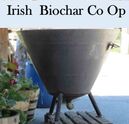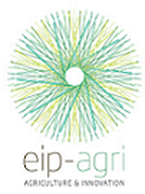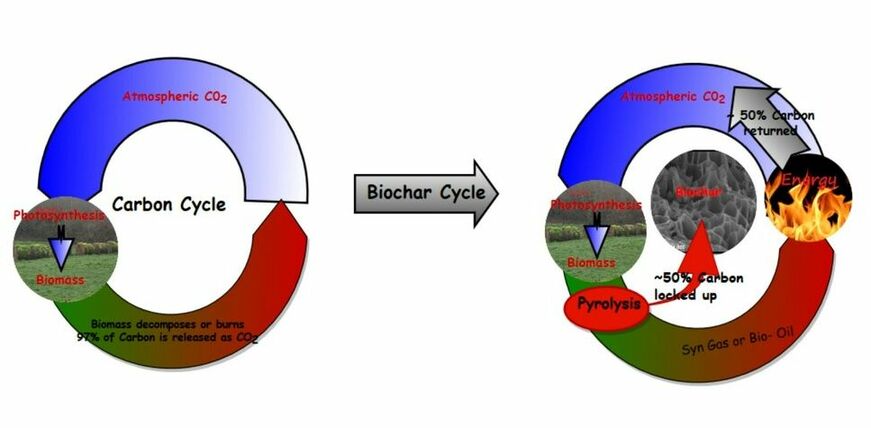biomass to biochar for farm
bioeconomy
|
European Innovation Partnership (EIP) funded by the Department of Agriculture, Food, and the Marine (DAFM) under the Rural Development Programme 2014-2020
|
|
|
This project aims to demonstrate how unwanted or underutilized agricultural biomass
such as rushes, gorse, bracken and hazel, can be used to produce biochar through a life cycle approach for current management practices and farm vegetative control. In doing so, we make direct use of this biochar to sustain a circular bioeconomy from the farm, as well as providing a downstream ecosystem service. This website will be updated as the project progresses. |







